Like the food stored inside of it, a high quality Onggi gets better with age. Many families here in Korea have handed their Onggi down from generation to generation and these human size clay pots sit like sentinels on rooftops, balconies, and in back yards all over the country, even in a ultra-modern city like Seoul. As you walk through neighborhoods of all kinds you see Onggi of different sizes everywhere. If food is the heart of a culture, Onggi is the shell that protects Korea's traditional cuisines.
Several weeks ago I decided it was high time to learn how to make some of the traditional Korean fermented dishes so I purchased two food safe Onggi for myself. Instead of the enormous ones that sell for several hundred thousand won (or around $200 - $300 dollars) I bought two small ones that fit in a modern fridge. They arrived a few days later shipped from a workshop in rural Korea, packed carefully with newspaper and Styrofoam. They came, surprisingly, with two types of lids - the traditional type as well as a modern mesh and glass lid courtesy of the pottery shops that I ordered them from.
While I was searching for Onggi, which are surprisingly hard to find in stores, I did a little bit of research and learned that the craft of Onggi seems to be a dying art. In most kitchens, they have been replaced by plastic fermenting containers that can be purchased quite cheaply at just about every store here in Korea, even Daiso, the equivalent of the dollar store here.
Of course, using Onggi has it's disadvantages - it's breakable, heavy, they don't transport well, and I found that it was difficult to find Onggi that's food safe around Seoul. When I was looking around in markets for an Onggi a woman at an antique store cautioned me that many that are sold in the markets are designed to go to tourists and sit on shelves. The origins of the glaze are uncertain and may contain things like lead. She advised me to go online and purchase one there which was surprisingly easy.
Several weeks after my Onggi arrived at my house I took a trip to a small village about three and a half hours away from my house. A friend and I visited the Han Hyang Lim Onggi museum in the golden evening light of one of our very first crisp autumn days. We didn't stop to read any of the signs but we enjoyed the outdoor Onggi garden very much. It was terraced into the mountain behind the museum that afforded us a picturesque view of the entire valley.
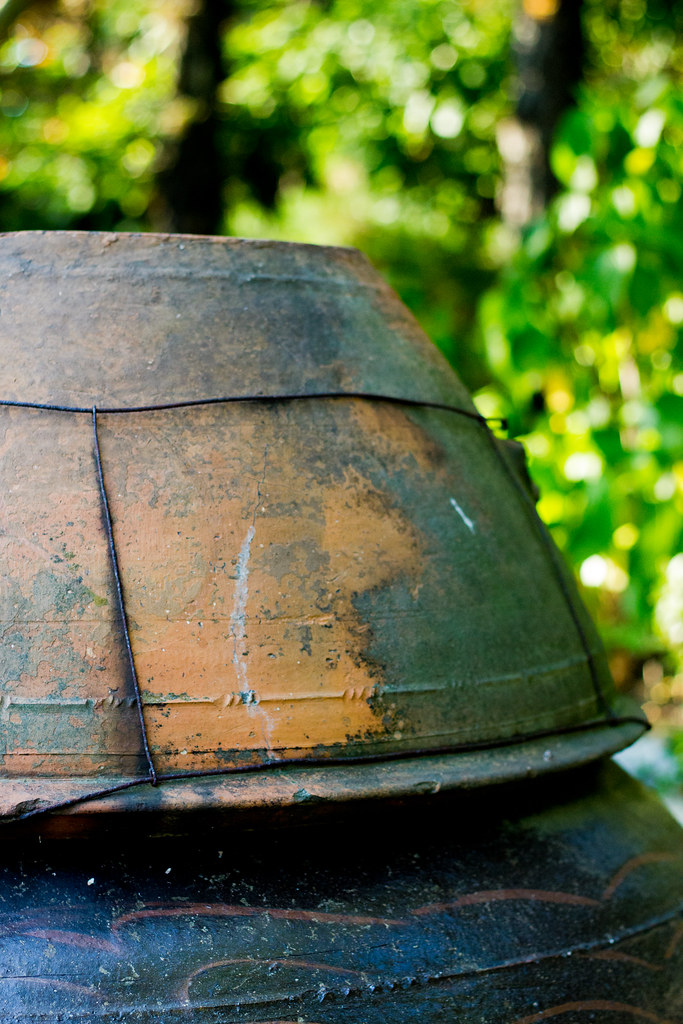
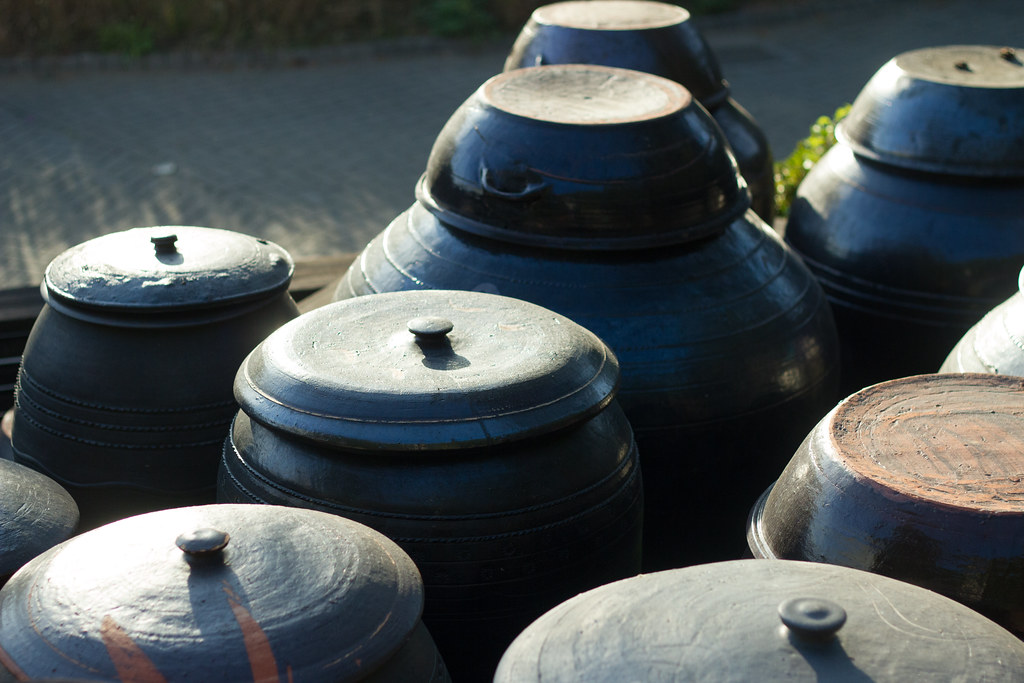

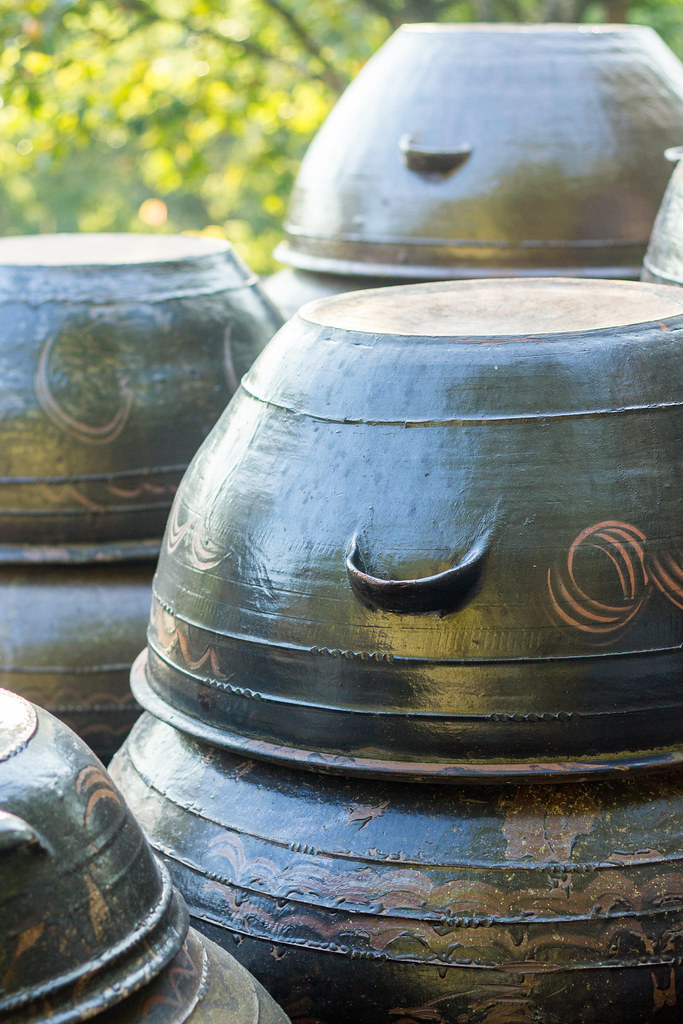
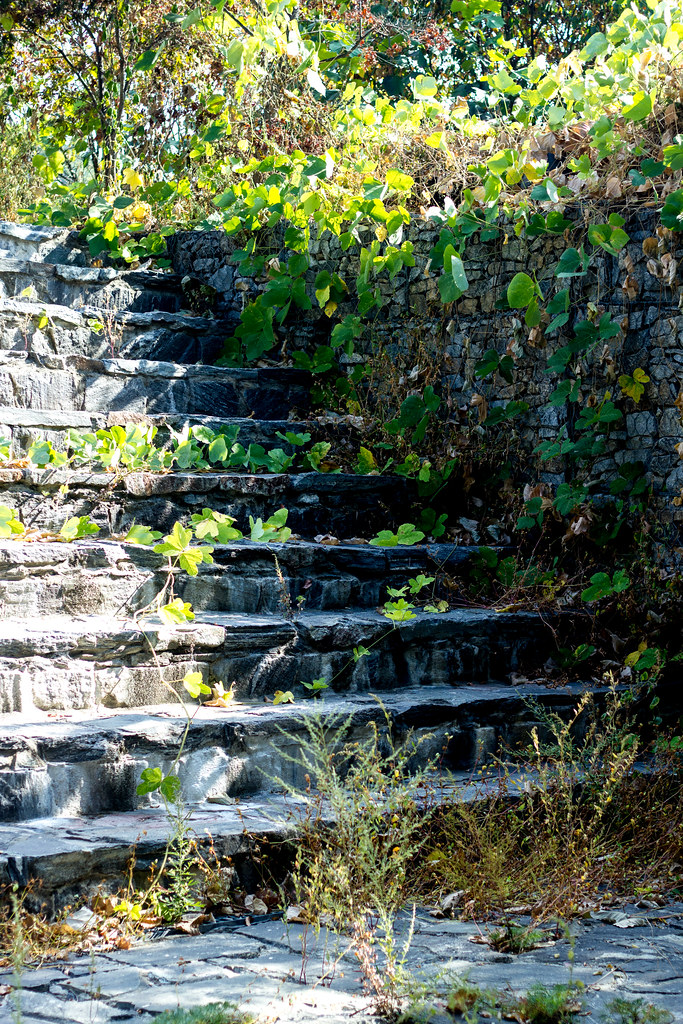
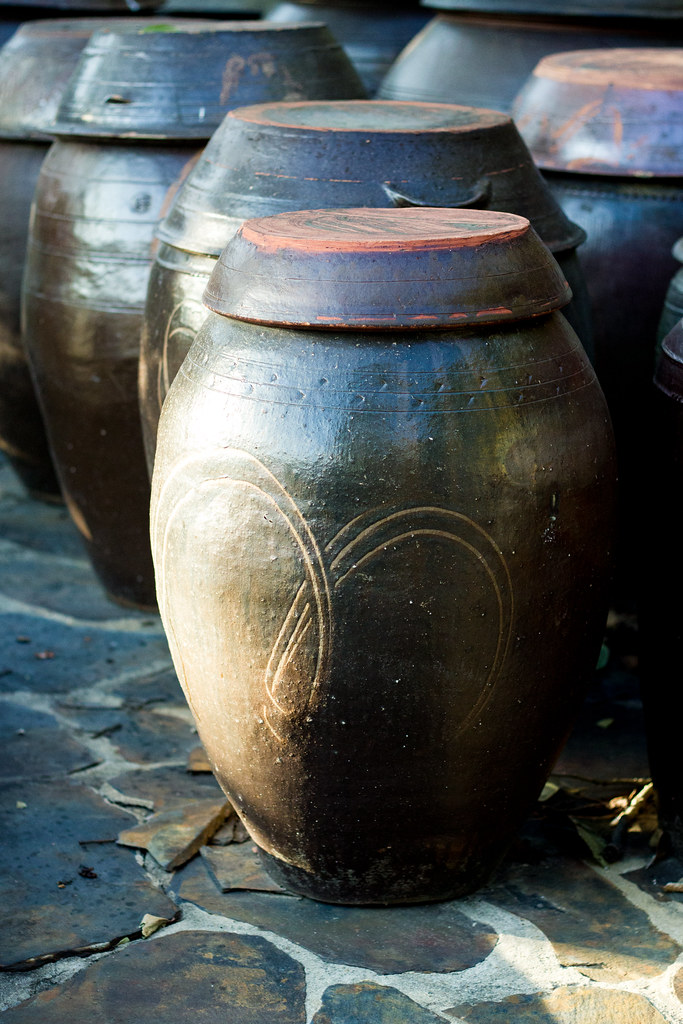

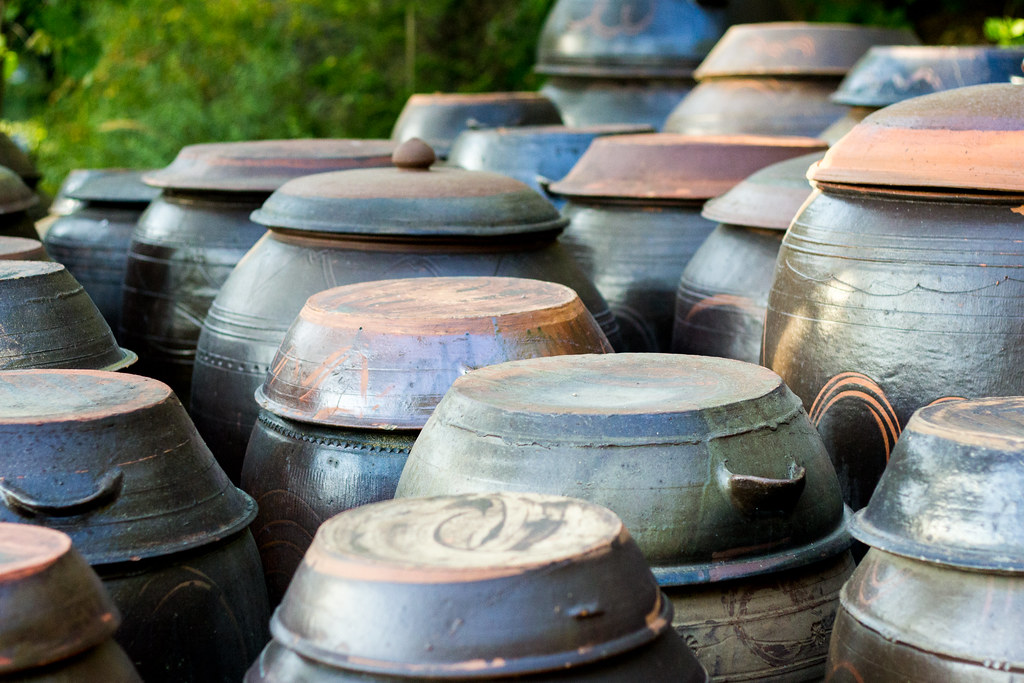

0 komentar:
Posting Komentar